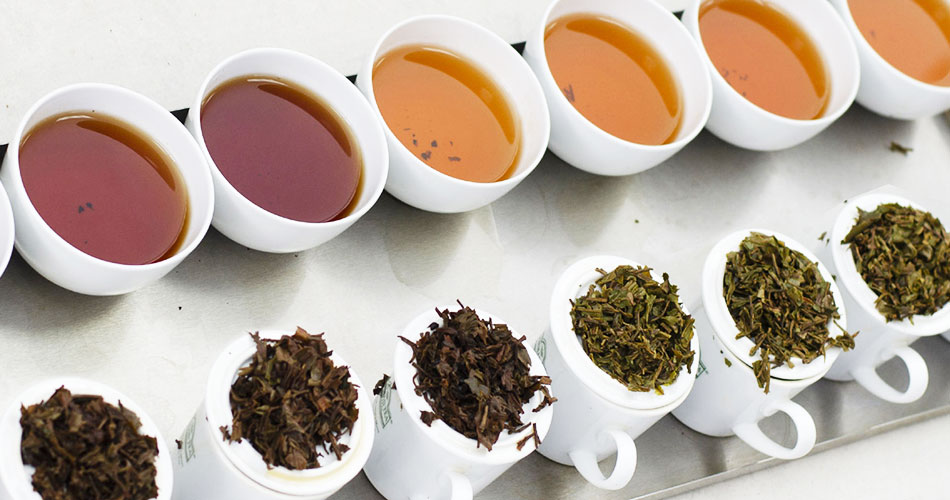Having such a unique and interesting profession makes Ahmad Tea’s Tea Tasters quite a hit at dinner parties (if they do say so themselves). But they sometimes grumble about the number of times they are asked: “Don’t you ever get bored of tasting tea all day?” They usually reply: “Does an art critic get bored of galleries, or a food critic of restaurants?” Which is basically a fancy way of saying there’s a lot more to tea than meets the eye. And one fine Wednesday in August provided the perfect example of what a wonderfully varied art form tea is, when they compared Darjeeling’s first and second flushes.
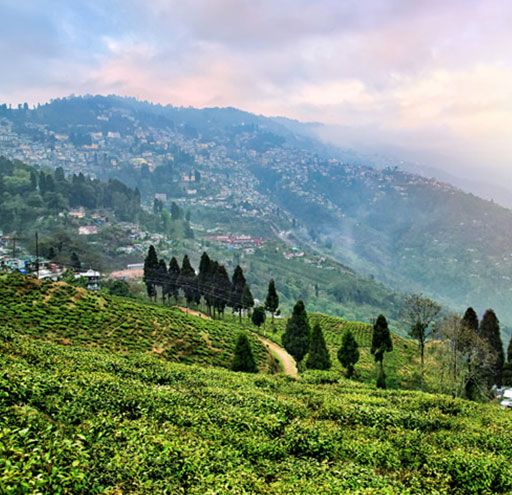
WHAT’S SO APPEALING ABOUT DARJEELING?
Regulars to this blog may recall back in June, when we explored some beautiful first flush Darjeeling teas, but now is the time to see how some of their younger siblings measure up. First though let’s recap on some Darjeeling facts: Darjeeling is the name given to teas that are grown in the small region in north east India of the same name. The teas command some of the highest prices at world tea auctions owing to their uniquely delicate flavours and their scarcity. Their distinctive qualities are due to the extreme conditions in which they are grown – the high altitudes and harsh climate of the Himalayan foothills.
LUSH FLUSHES
So what is a flush? Well it basically tells us when the tea was plucked. After going dormant for the cold winter, Darjeeling bushes burst back to life with fresh new shoots that are plucked from March to April. These teas are called ‘first flush’ and are the most sought after and valuable variety, produced in limited quantities. Next come the ‘second flush’ teas, often plucked in May and June, followed by the monsoon flush’ plucked during the rainy season between July and September and finally the autumn flush between October and November.
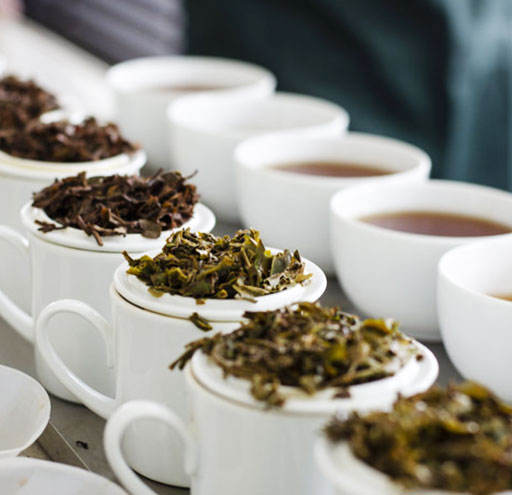
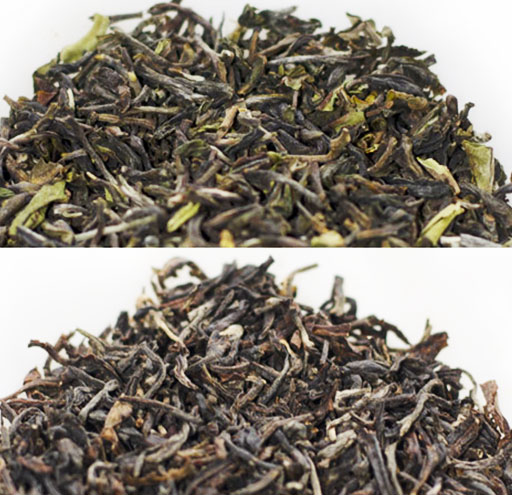
EXAMINING THE LEAVES
Here are some of our Tea Tasting Team’s findings as they examined some magnificent first and second flush Darjeeling samples. Following their standard procedure, they started by looking at the dry leaf and already they saw a noticeable contrast between the two, with the bright green and light brown leaves of the first flush replaced by the second flush’s dark brown and almost black appearance. This contrast looked even more stark after looking at the infused leaves.
THE COLOUR
Next they noted the most obvious variable of all, the colour of the liquor. Dominic remarked: “Sometimes we need to remind ourselves that these teas really come from the same bush, just they’re plucked at different times of the year”, as the colour was so distinct. The first flush had a yellow/golden hue, while second flush is a richer and darker infusion. When they looked at the infused leaves themselves the first flush teas were even greener than the dried leaves.

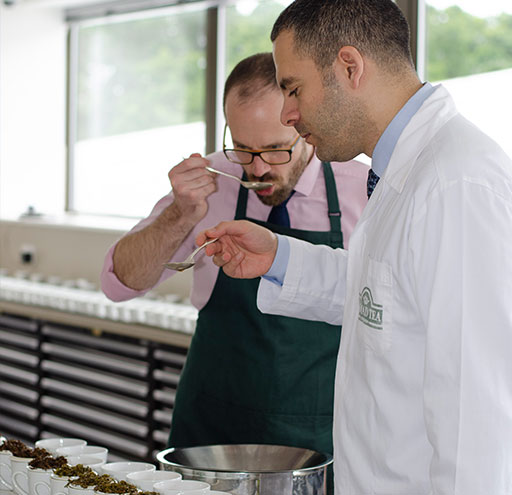
THE TASTE & AROMA
Moving on to the aroma, first flush had a light and floral fragrance, while the second flush was more rich, full-bodied and earthy. And finally – the taste. Generally Darjeeling’s first flush teas are characterised by a fresh, delicate and lightly intense flavour. Of the teas on offer, Saleh described them as having a ‘pleasant, light and astringent taste’. On the other hand, second flush Darjeelings are typically described as having a ‘muscatel’ (grape-like) flavour and being stronger and smoother than the first flush. Dominic declared the overall quality of the second flush teas to be ‘fruity, slightly sweet with a deeper, rounder flavour.’
继续阅读
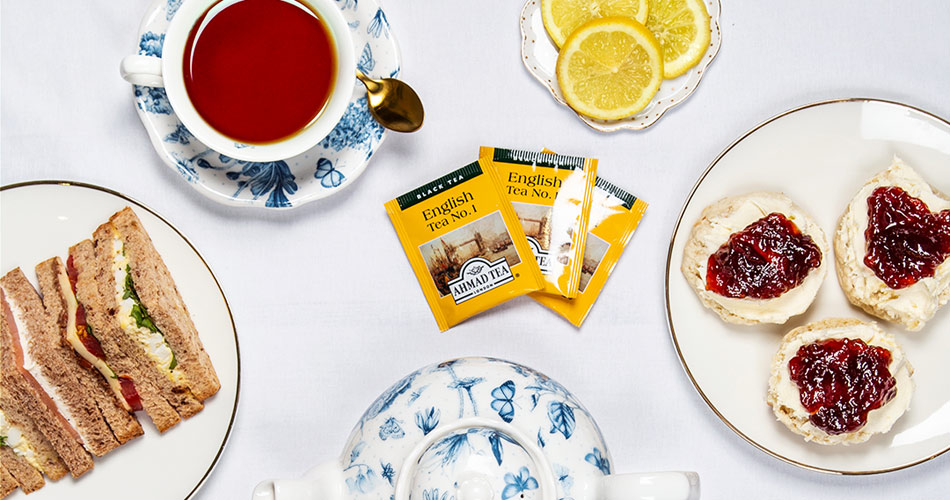
How to make the best afternoon tea at home如何在家里做最好的下午茶
Our Tea Taster, Dominic Marriott, and an afternoon tea expert explore how to make the best afternoon tea at home.
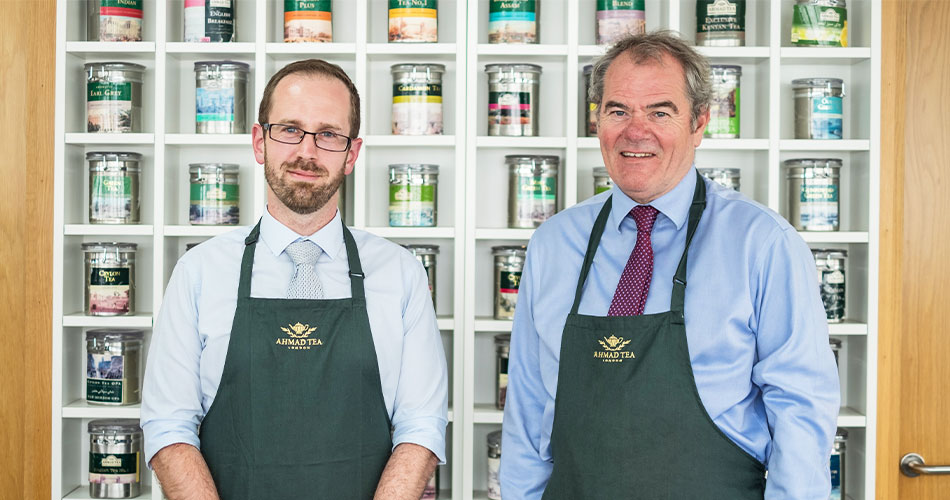
The Art of Tea Tasting品茶的艺术
From selecting the finest teas that go into Ahmad Tea blends to checking those blends are up to scratch, our team of Tea Tasters are crucial to maintaining a top quality product. Here’s an insight into art of Tea Tasting at Ahmad Tea HQ.
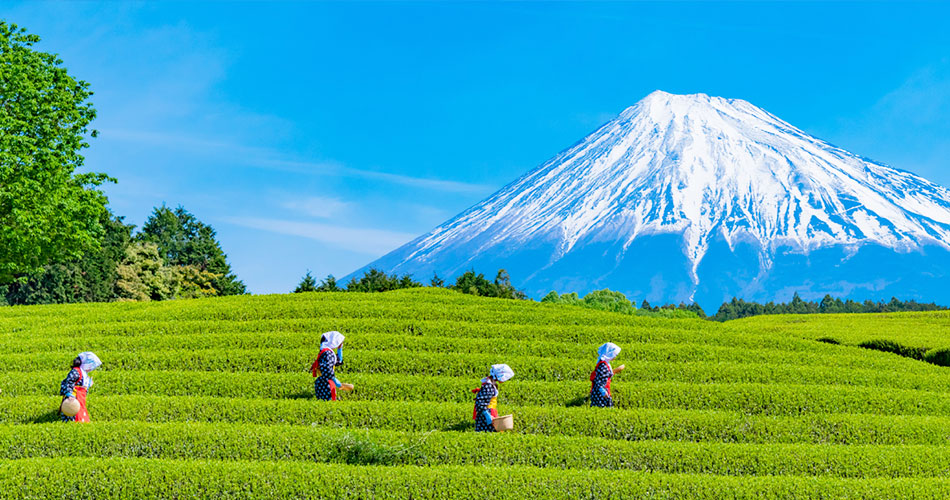
Tea in the Land of the Samurai日本武士之地的茶叶
Exploring the history, geography, culture and production of tea in Japan.
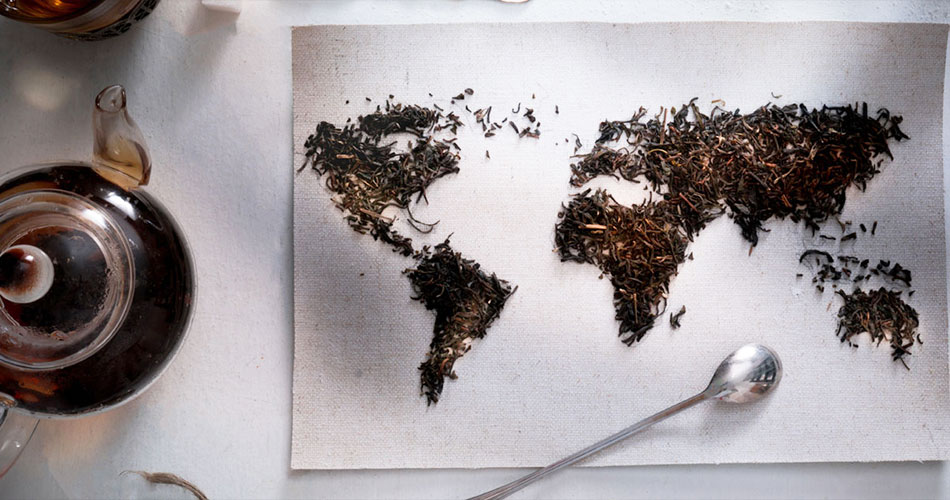
Tea Around the World世界各地茶叶
Renowned as the epitome of Englishness, the cup of tea has a rich tradition in the British Isles. But there are many other countries where tea history goes back much further, where tea customs are very different to those of the British. Here we take a look at the history and traditions of some tea-loving cultures.
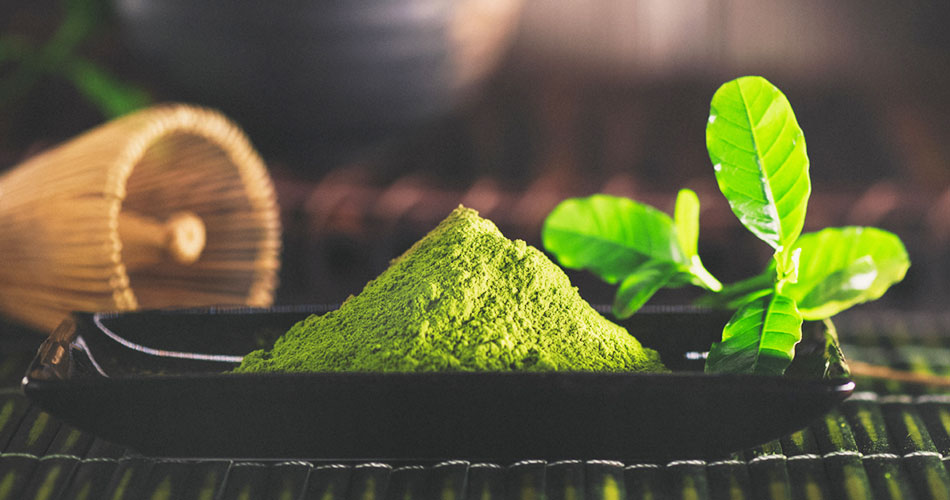
Matcha Tea抹茶
Arguably the best known of the teas to come out of Japan, matcha has found its way into a variety of foods and beverages. Although relatively new in Western countries, this vibrant green tea powder has been enjoyed in Japan for over 800 years and is used for the meditative, elaborate Japanese tea ceremony.
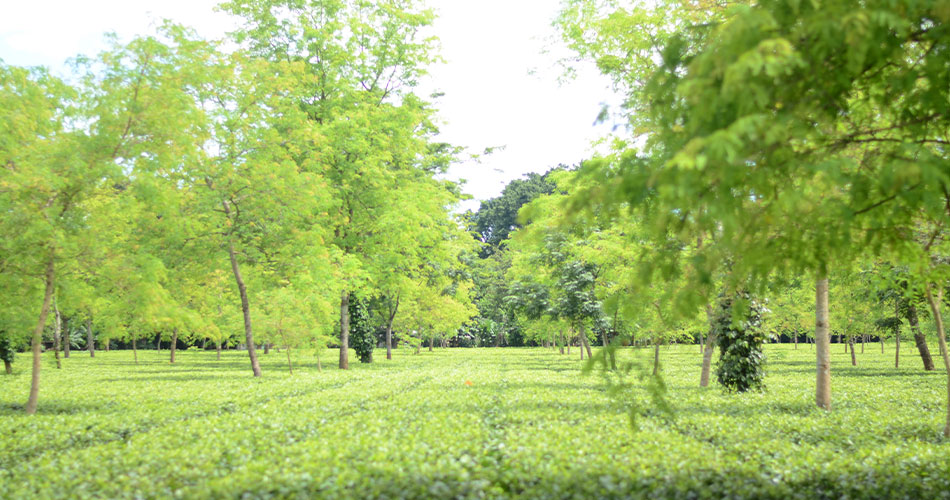
Tea Travels: Assam茶的旅行:阿萨姆邦
For obvious reasons Tea Tasters at Ahmad Tea HQ are some of the most envied people in the organisation. And never were they more so than in late August when they took a trip to the spectacular region of Assam in northern India to visit some of the world’s top tea estates. Here are some notes from their Tea Travels.
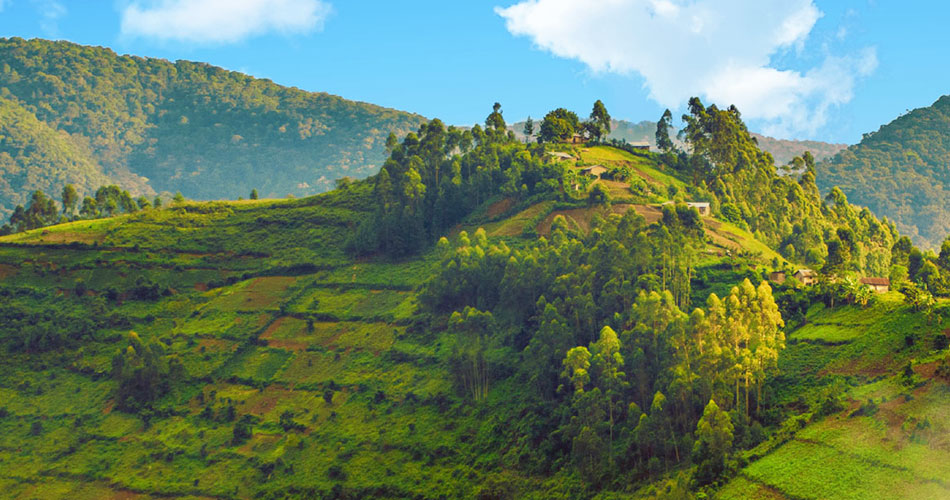
Focus on Africa – Tea in Uganda聚焦非洲——乌干达的茶叶
Our African Tea journey arrives in Uganda, a country that has overcome political turmoil to become Africa’s second largest tea producing country.

